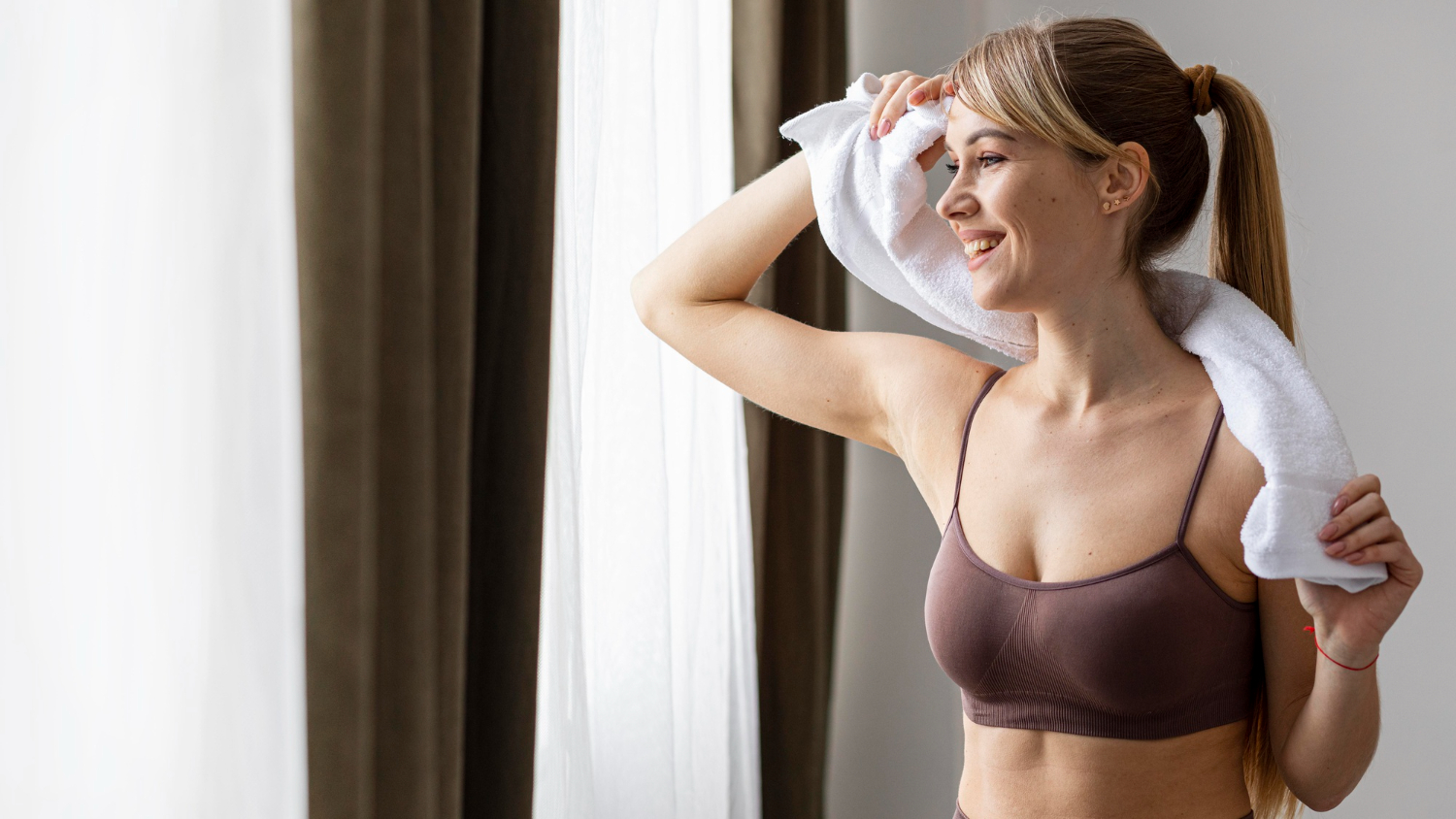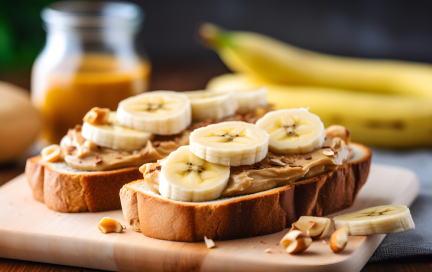{{ banner_block|raw }}
Whether you’re a fitness newbie or a gym regular, stretching your pectoral muscles can improve posture, ease tension, and even help you breathe better. Let’s explore how simple chest stretches can unlock new levels of comfort and mobility in your body.
Reasons why stretching the pectoral muscles is so important
Tight chest muscles aren’t just uncomfortable — they can be the root cause of back, neck, or shoulder pain, restrict your range of motion, and even trigger headaches. Stretching them regularly helps prevent this and improves overall upper-body function.
Benefits of Stretching Your Pectoral Muscles
Better shoulder mobility — More flexibility means greater range of motion, essential for swimmers, tennis players, and weightlifters alike.
Reduced tension — Stretching helps ease muscle tightness and may prevent scar tissue buildup.
Improved posture — Releasing tightness in the chest helps your shoulders naturally align.
Lower injury risk — More flexible muscles are better prepared for physical stress.
Various scientific research supports the benefits of pectoral stretching
1. A 2023 study found that a static chest stretching program can improve muscle function and increase range of motion.
2. Research published in 2017 confirms that stretching can have a positive effect on scapular kinematics and shoulder mobility.
Additionally, stretching your chest can help:
– Improve back posture
– Relieve tension
– Support better breathing
– Increase upper-body mobility
Why you should stretch after chest day
In the world of fitness, post-workout stretching is not just a nice ritual, but an important part of your recovery process. After an intense chest workout (abdominals, bench press, push-ups), proper stretching reduces muscle fatigue and decreases the risk of injury.

Stretching exercises for the pectoral muscles
Here are some simple and effective exercises that will help you stretch your pectoral muscles:
Wall chest stretch:
Find an open space in a hallway or near an empty wall.
Place your right hand on the wall at shoulder level, fingers facing forward.
Turn your body to the left, keeping your hand on the wall. You should feel a deep stretch in your right pectoral muscle.
Hold this pose for 30 seconds.
Repeat the same with the left side.
Massage ball stretch:
Find a comfortable place on the floor, lie down on your back, legs bent at the knees, feet on the floor, lie on your back with knees bent and feet flat on the floor.
Place the massage ball on your chest, placing your hands on top of the ball, fingers pointing upward.
Lower your chest onto the ball, holding the position for 30 seconds.
Wall stretch:
Face towards an open wall, standing about a foot away from it.
Place your hands on the wall, at shoulder level, fingers facing forward.
Step forward with your left foot and twist your body to the left, keeping your hands on the wall. You should feel a stretch in your right pectoral muscle.
Hold this position for 30 seconds.
Repeat the same on your other side.
Stretch with a towel:
Take a seat on the floor, legs extended in front of you.
Grab a towel or elastic band in your hands, bending your arms at the elbows.
Place the towel behind your back and hold its ends in your hands.
Pull the towel up and back, holding this position for 30 seconds.

Stretch with a partner:
Stand firmly, facing your partner.
Place your hands on your partner's shoulders, fingers pointing forward.
Ask your partner to gently apply pressure to your body so that you feel a stretch in the pectoral muscle.
Hold this position for 30 seconds.
Repeat the same with the other side.
Common mistakes while stretching the pectoral muscles and how to avoid them
Mistake | What to Do Instead |
Stretching too intensely | Start slow. Stretching shouldn’t be painful. Ease into the position. |
| Ignoring pain | Sharp pain = stop immediately. Discomfort is okay, but pain isn’t. |
| Holding your breath | Stay relaxed. Inhale and exhale slowly throughout. |
| Poor technique | Watch a video tutorial or ask a coach. Form matters! |
Important points
- Regularity. Stretch regularly, at least 3-4 times a week.
- Warmth. Before stretching, make sure your muscles are warm by incorporating a quick warm-up.
- Rest. Remember to rest between exercises while also keeping a regimen of stretching, even when you feel tired. A balance between an awareness of your fatigue and a consistent schedule for stretching, will be extremely beneficial for seeing the best results.
- Consult with a specialist. Consult your doctor or physical rehabilitation specialist before beginning a regular incorporation of pectoral stretches, especially if you have had any prior injuries or illnesses.
Be aware of your body, listen to how you feel, and you will learn that stretching your pectoral muscles is not just a trend, but an important component of health and well-being!
And remember, no matter your age or experience, flexibility is something you can build. So take a breath, roll out your mat, and stretch into the best version of yourself — one rep at a time.
With care,
StarFit Team ❤️
🎉 Ready to feel the difference? Use promo code MEDIUM and get 70% OFF your StarFit subscription:
Access expert-led programs, track your progress, and build the body (and lifestyle) you deserve — all in one place.
Don’t wait — the offer won’t last forever!
Sources Used:
2. Pectoralis Minor Contracture in Throwing Shoulders of Asymptomatic Adolescent Baseball Players
















